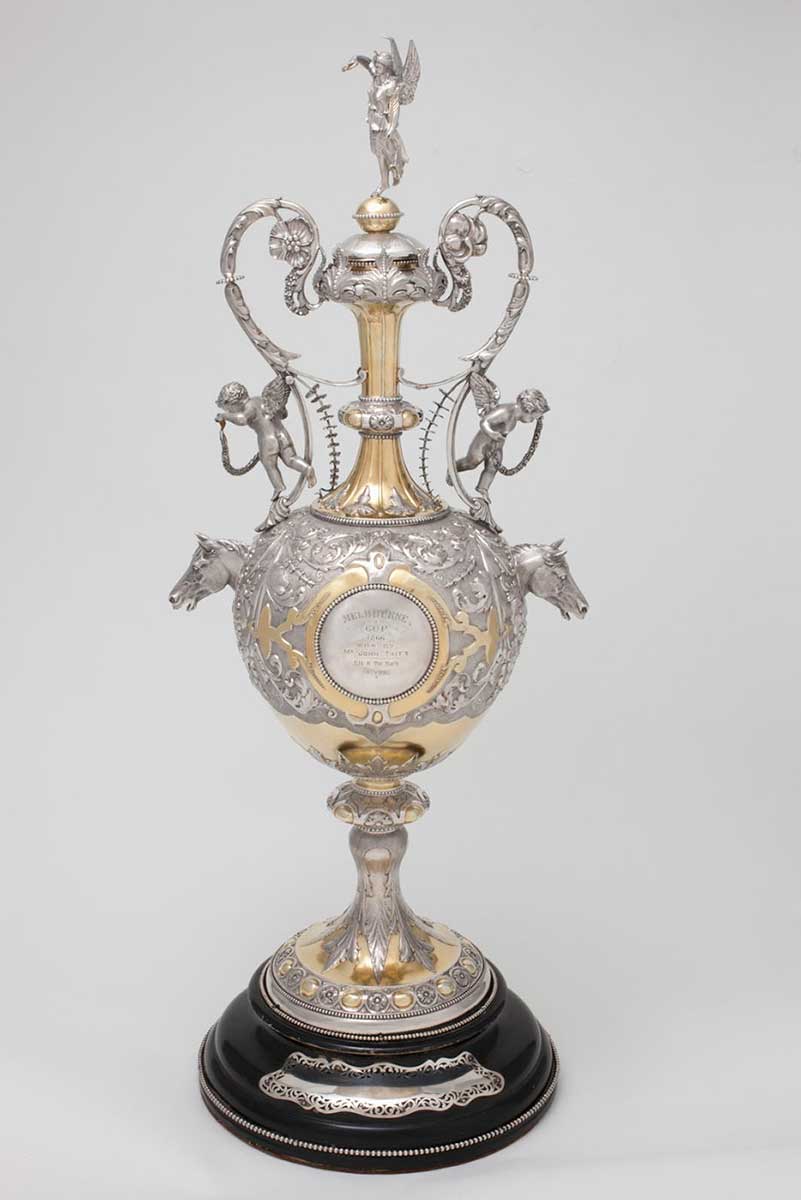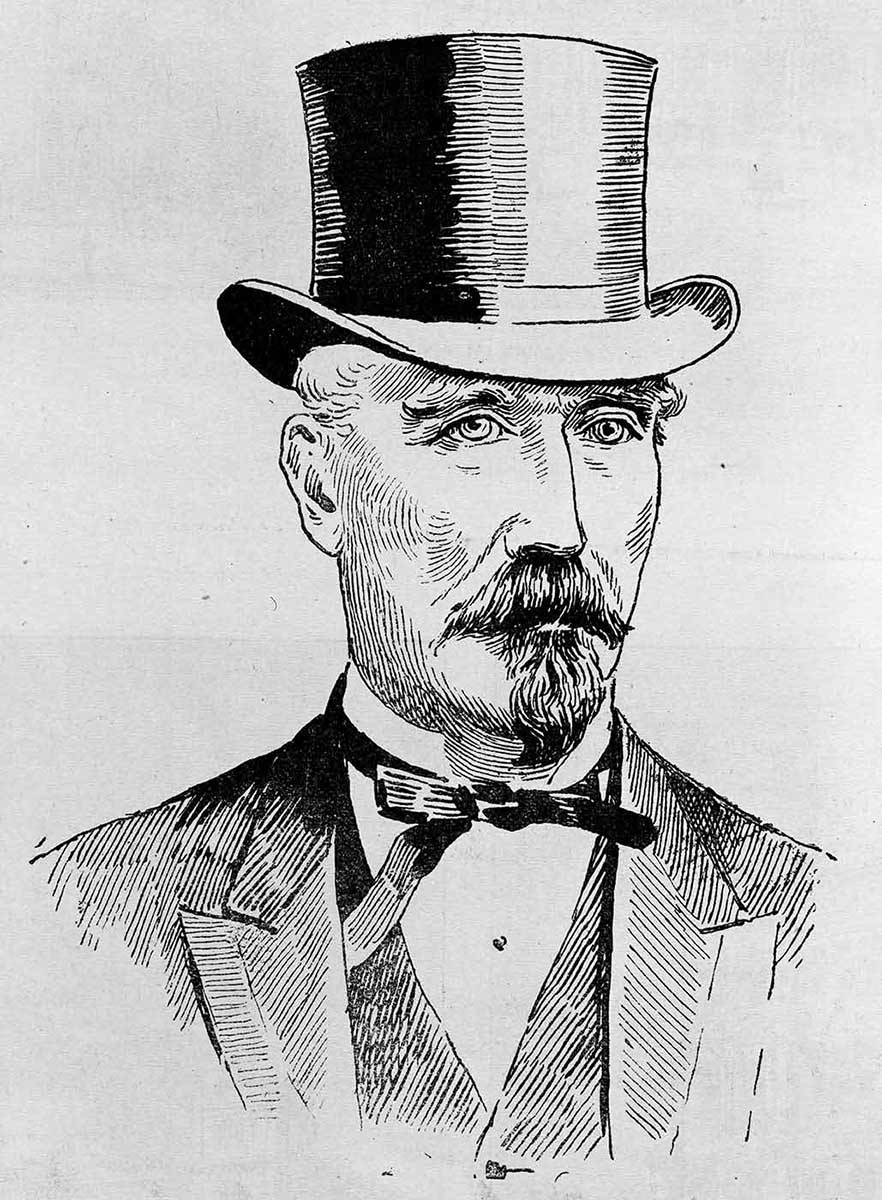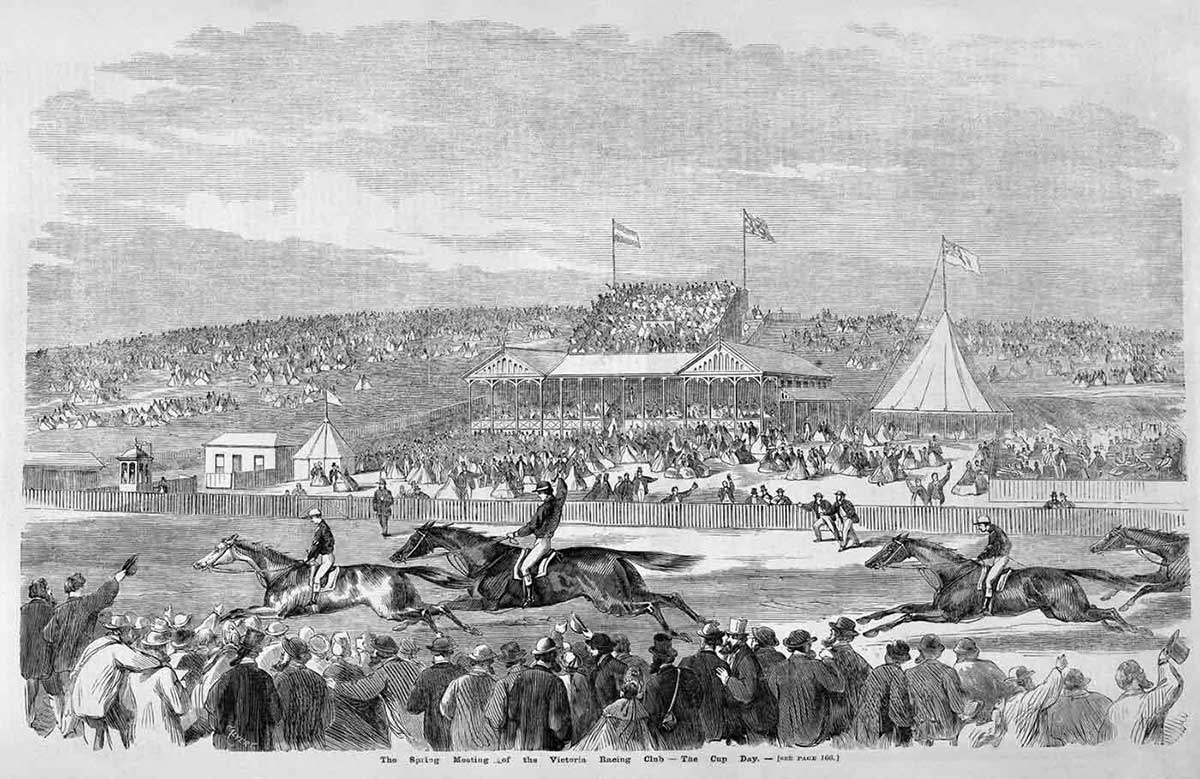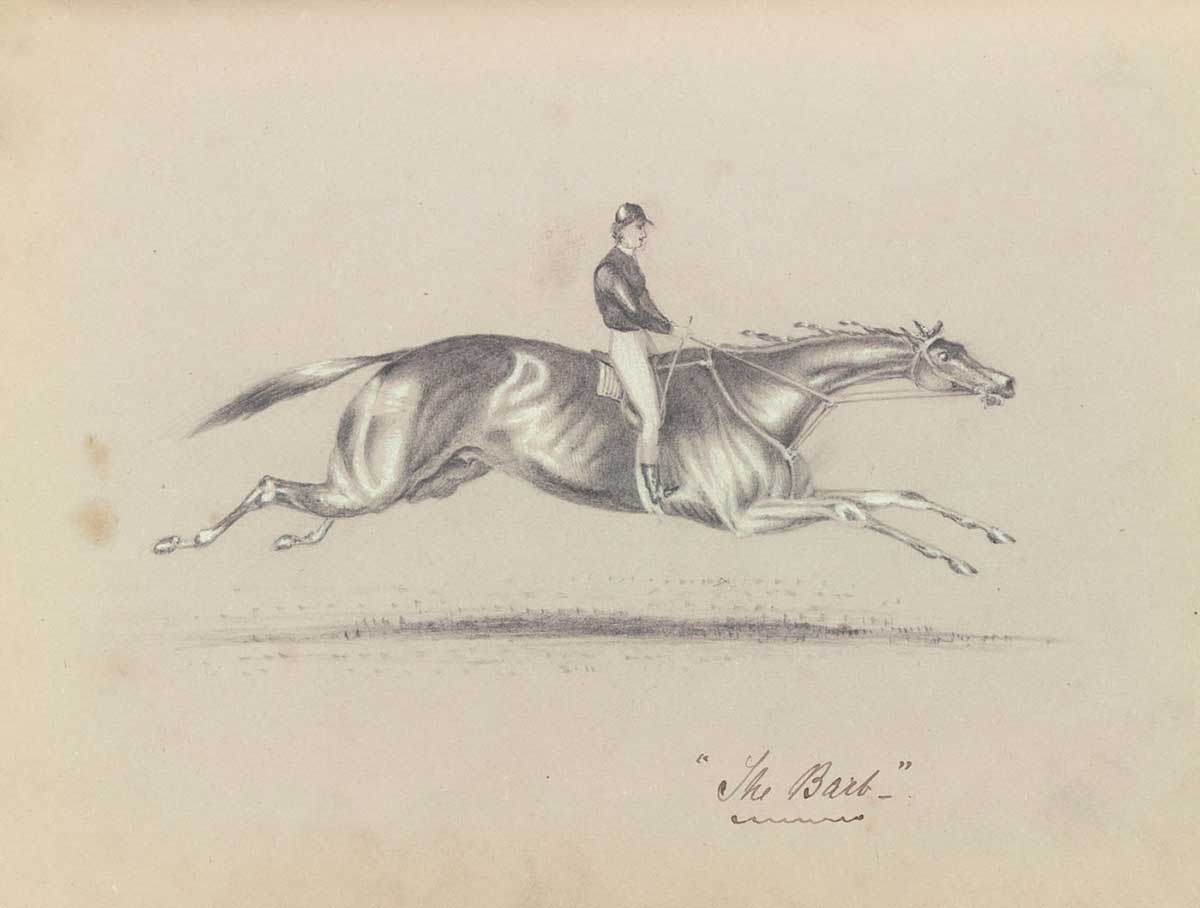
The 1866 Melbourne Cup won by The Barb is the earliest known Melbourne Cup in its original state.
First run in 1861, the Melbourne Cup was a cup in name only, with prizes including a gold watch and cash purse. The first official trophy cup was awarded in 1865.
The 1865 trophy was sold by its owner, who reportedly found it unattractive. It was rebranded and presented as the Flemington Hunt Club Cup.
The 1866 trophy is therefore the oldest Melbourne Cup in original condition. The National Museum of Australia acquired the 1866 cup in 2012.
The Barb, regarded as the first great Australian racehorse was trained by ‘Honest’ John Tait, the ‘Father of the Australian Turf’.
The National Museum also holds the 1867 Melbourne Cup won by 'Sydney' Tim Whiffler and trained by Tait’s great rival, Etienne de Mestre.
History of the Melbourne Cup
When the Melbourne Cup was first run in 1861, there were two organising committees controlling horse racing in Victoria, the Victorian Turf Club (1852) and the Victorian Jockeys Club (1857).
The Melbourne Cup was introduced in 1861 by the Victorian Turf Club to trump the success of Victorian Jockey Club races such as the Two Thousand Guineas.
As a handicap race, the Melbourne Cup introduced a level of speculation that the club hoped would attract more entries, and therefore higher prize money. The two competing organisations disbanded in 1864, before merging to form the Victorian Racing Club, which has controlled racing in Victoria and the Melbourne Cup ever since.
Although the Melbourne Cup today is well-known in Australia for being run on the first Tuesday in November, this hasn’t always been the case. The 1866 Melbourne Cup race was run on a Thursday, and in 1867 the Cup was run in October. It wasn’t until 1875 that the race was run on the first Tuesday of November.
Although the three-handled loving cup is widely recognised as the traditional cup design, this has only been the case since 1919. Before then the cups came in a variety of styles, with each year having a completely original design. Some years no trophy was presented at all. In fact, for the first few decades of the race, it was more common for no trophy to be awarded.
Prize money and ‘a monstrosity’
The winner of the 1861 Melbourne Cup was awarded a gold watch, and for the next two years a cash purse was the major prize. A trophy was first awarded in 1865.
The owner of the winning horse Tory Boy, Mr Marshall, is claimed to have described the English-made trophy as a monstrosity. He immediately sold it to the Flemington Hunt Club, which rebranded it as the trophy for its annual cup.
This trophy therefore is now inscribed as the Flemington Hunt Club Cup awarded to the 1873 winner, Babbler. This trophy was sold in the 1970s by Christies and is now owned by wine merchant Wolf Blass.
1866 Melbourne Cup trophy
The 1866 Melbourne Cup is the earliest known Melbourne Cup that remains in its original state. It was made in London in 1865 by Daniel and Charles Houle and imported to Australia by Walsh Brothers Jewellers, who ordered it on behalf of the Victorian Racing Club.
Silver-gilt chased with gold leaf, the cup is 75.5 centimetres high and reflects the Renaissance revival style seen in England around the middle of the 19th century.
The protruding horse's heads closely resemble those featured on the 1867 Queen’s Plate, made by Melbourne silversmith William Edwards, and give weight to the argument that the 1867 Queen's Plate was made with the intent of it being presented as a Melbourne Cup.

'Honest' John Tait
John Tait was born in Scotland in 1813 and emigrated to Australia in 1837.
He was successful in business as a jeweller in Hobart and later as a hotel owner in Sydney and Bathurst. Legend has it he used his fists to control unruly patrons.
Tait is recognised as one of the first individuals to enter horseracing as a serious business venture. By all accounts he was very successful, not only as an owner and trainer, but also as a punter.
The moniker ‘Honest’ John appears to reflect the high regard with which he was held by the community, but it may also contain a hint of irony in that Tait’s gambling success may have been linked to his involvement as an owner and trainer.
In 1868, for example, Tait won the Melbourne Cup with his second-string horse, Glencoe, whom he had backed heavily at good odds before scratching his more fancied champion, The Barb, who was the clear pre-race favourite.
Regardless, Tait is recognised as one of the greats of Australian racing and was even referred to by some as the ‘Father of the Australian Turf’.
Tait was inducted into the Australian Racing Hall of Fame in 2006 and his impressive winning record includes four Melbourne Cups, four Victorian Derbies, two Queensland Derbies, four Australian Jockey Club Derbies, two Epsom Handicaps, two Sydney Cups and three Victorian Racing Club Champion Stakes.
‘Black Demon’
The 1866 Melbourne Cup was won by The Barb, a magnificently proportioned black entire, known as the ‘Black Demon’ for his fiery temperament, a reputation forged when he threw off his rider before the start of his first race. The Barb was bred at Bathurst by George Lee, son of one of the earliest free settlers of the region, William Lee.
Some reports suggest the horse was stolen by bushrangers while still a foal at foot, but was released when he became lame, and was later returned to his owners. It has even been speculated that ill treatment from his captors at this time may have contributed to the horse’s fiery temperament. George Lee sold The Barb as a yearling to John Tait.
The Barb had an exceptional record of 16 wins from 23 races, including, as well as the 1866 Melbourne Cup, two Sydney Cups, the Australian Jockey Club Derby and the Metropolitan Stakes.
He was Australia’s first great champion racehorse, dominating the period of Australian racing that saw it transformed from a mainly amateur to a mostly professional pursuit. The Barb remains the earliest of all the horses inducted into the Australian Racing Hall of Fame.
In our collection
- Last updated: 13 August 2010
- 9 programs

